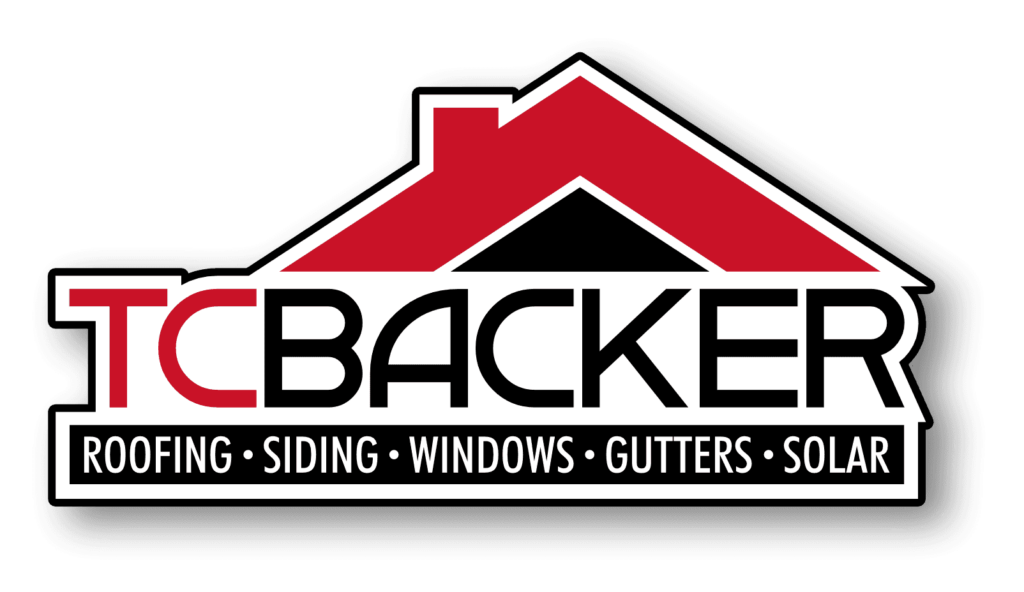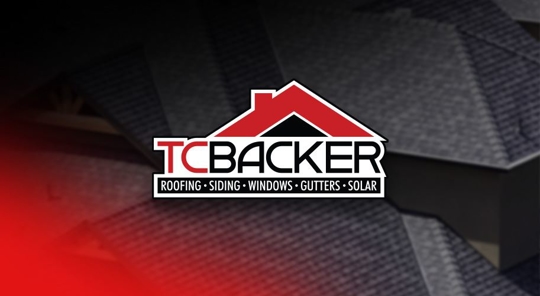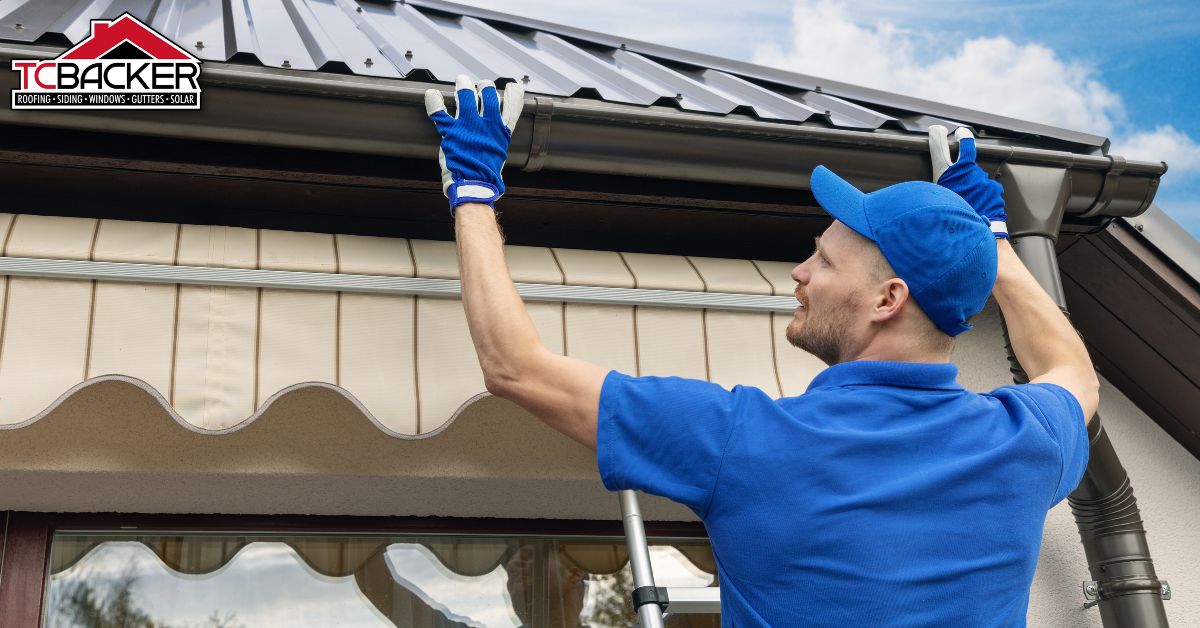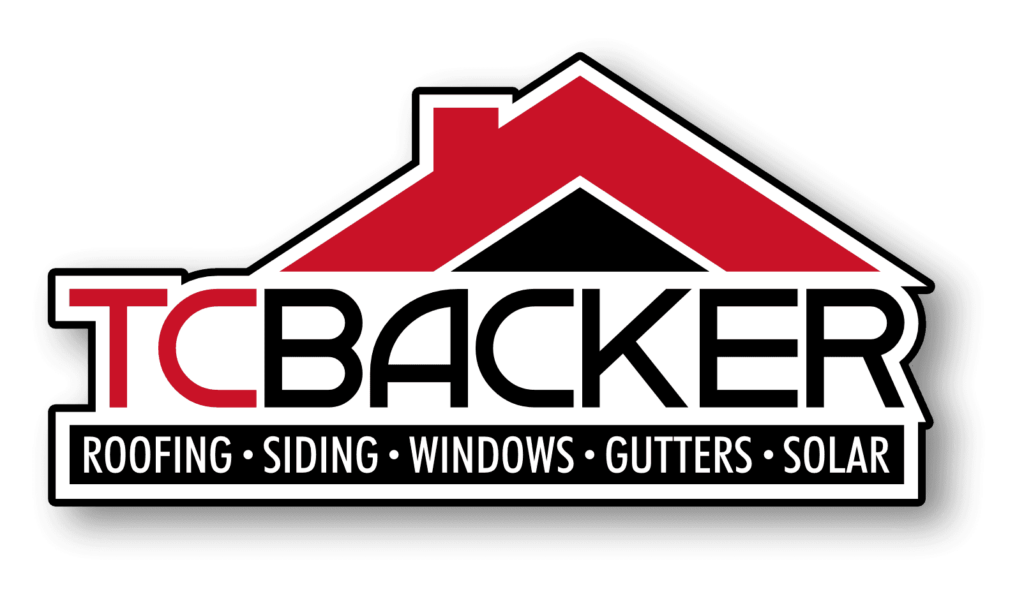If you own a home with a flat roof, you’re likely aware of the advantages of this roof design. For example, it offers attractive aesthetics, improved energy efficiency, and additional outdoor space for you to enjoy. However, it would help if you were mindful of some risks associated with flat roofs to avoid potential roof leaks and damage. Even minor leaks can cause extensive structural damage and costly repairs if not properly maintained. To ensure your flat roof is safe and lasts a long time, you should make a maintenance plan that includes annual inspections.
Furthermore, if any problems arise or weather conditions appear severe enough to cause damage, it’s better to take preventative measures immediately. By ensuring you keep up with regular cleaning and minor repairs as needed, you can guarantee your flat roof will remain in good condition for years to come. Additionally, it’s also essential to choose quality materials when constructing or replacing a flat roof – as this is often one of the critical factors in preventing costly issues down the road.
The idea that flat roofs are truly flat can be a confusing one. In reality, a properly designed flat roof will typically have a minimal slope. This is to help keep water from gathering and pooling on the top, as it can lead to potential damage and leakage. Unfortunately, the hill is so slight that it is almost impossible for the untrained eye to spot the difference.
Flat roofs are designed with just enough incline to direct water toward the edge of your roof, where it can flow controlled rather than pool in spots on the top. This is especially important in areas prone to adverse weather conditions like heavy rain or snow. If too much water accumulates on your roof from any source, it could start to leak in through vulnerable spots and cause costly damages.
Also, this very slight slope helps improve airflow, which helps your roof last longer by keeping temperatures even and stopping condensation from causing moisture to build up. It’s also essential because airflow helps keep your roof from getting too hot in the summer when the sun shines directly on it. This problem could be even more pronounced with a completely flat surface exposed to direct sunlight all day.
Having a flat roof with a slight slope helps protect your home from potential damage caused by rainwater, melting snow accumulation, or excessive heat exposure from extended direct sunlight exposure. These are all factors that, if not adequately accounted for during the design process, could drastically reduce the lifetime value of your home.
Rainwater can be a significant threat to a low-sloped or flat roof. Gravity does not usually assist these roofs with carrying water and debris down to the ground, and drainage systems can be overwhelmed quickly when standing water is on the top. This water weighs down your roof, making it more likely to collapse, and the standing water gives way for hairline cracks to form on the surface, which creates an opportunity for leaks. Here are some tips for protecting your roof from rainwater damage and keeping it in good condition for as long as possible.
Firstly, ensure that rainwater drains away from your home by installing gutters or other drainage systems such as a French drain or sediment trap. Secondly, inspect your roof regularly for any damage that may have been caused by rainwater seeping through; look for any weak spots or holes in the top where the water may be getting through and fix them immediately. Thirdly, consider investing in a waterproof membrane; this will help keep any seepage out of your home and protect your roof from potential damage caused by standing water. Finally, trim surrounding trees and shrubs so they don’t encroach on the area around your house too much, which could result in debris depositing onto your roof.
You can extend the life of your roof and keep it in good condition by taking these simple precautions against water damage. Regular inspections and maintenance will help you avoid any problems before they worsen while investing in waterproof membranes can provide extra protection if needed. In addition to these practical measures, ensure you trim any trees or shrubs near your home so they don’t contribute excess debris to the area around your house, which might end up on top of your roof!
Even if you have leaf guards, you should regularly inspect and clean your gutters.
Windblown debris can block rainwater outlets on your flat roof’s drainage system, especially in autumn when leaves and other debris blow freely across the top. Installing a leaf guard on your gutters can help prevent blockages, but it’s a temporary fix. Flat-roofed homes need regular maintenance to drain water efficiently.
Regular maintenance is needed to drain water from flat-roofed homes efficiently.
Remove debris near your rainwater outlets, check for blockages, and ensure leaf guards are correctly placed and unobstructed. Vacuuming or sweeping leaves as they fall will help keep drains clear during peak times if you need gutter protection. Clearing downpipes with a rod or brush every few months will also help prevent accidental blockages from dirt or muck.
If your flat roof’s drainage system keeps failing, consider installing an additional drain to prevent flooding from blocked drains. If you have grassed areas around your property, maintaining them and keeping them at an even height can help water flow away from buildings without disrupting them.
Sweep leaves and dirt off the roof on a regular basis.
A roof is not a suitable environment for plants to grow, but surprisingly some flat roof owners have seen saplings take root in their roofs after they neglected the maintenance for too long. The best way of removing these unwanted plants and restoring the appearance of the home is to sweep the top with a broom. This will clear away any debris or dirt collected on your roof and remove any rogue tree saplings that have taken root. Depending on the environment the roof is exposed to, it may also take care of any weeds or moss that have begun to grow.
Regularly cleaning and maintaining your roof can help prevent trees from sprouting up in the first place by keeping it free from dirt and debris, which can provide an ideal environment for trees to germinate. Not only this, but a clean roof will be more visually appealing and provide better insulation against extreme temperatures and weather conditions.
Having a roof covered in plants may look attractive, but it can cause severe damage to your structure if left untreated. Plants can make their way into cracks in the material and start growing inside, eventually causing structural issues like leaks, cracks, and mold growth, leading to significant repair costs down the line. Removing unwanted vegetation before it takes hold is essential for ensuring your home remains safe and secure all year round.
Every ten years, you should replace your roof.
Roofers tell homeowners that, barring unforeseen events, their newly installed roof will last them at least fifteen years. Flat roofs last less time than sloped roofs because they are frequently exposed to moisture and standing water. Replacing roofs with flat or low slopes should be done every ten years, and you can trust the experienced professionals at TC Backer Construction for the job. Our trained crew will inspect and replace your roof quickly and efficiently. We use only high-quality materials to ensure that your roofing needs are met for years. And, with our affordable rates and friendly customer service, we guarantee you’ll be satisfied with our work.
At TC Backer Construction, we recognize the importance of roof maintenance for your home. The longer a flat or low-slope roof goes without being replaced, the more likely it will break down prematurely due to wear and tear from harsh weather conditions such as strong winds, heavy rainfall, and extreme temperatures. A damaged roof can result in expensive repairs or complete replacement if not taken care of immediately. We ensure that every new roof we install meets all safety standards so you can know that your home is safe from any potential damage caused by a faulty roof.
We understand how inconvenient it can be to install a new roof, so we provide our customers with prompt, dependable service at reasonable rates. Our team of experienced professionals is trained in all aspects of the installation process and uses only top-of-the-line products when replacing your flat or low-slope roofs. In addition, we guarantee quality craft and excellent customer service throughout the entire process, so you can rest assured that you’re getting the best possible service available.
It is essential to take the necessary steps to ensure the longevity of your roof. Regular maintenance is vital to keeping your roof in optimal condition for extended periods. Inspecting your roof regularly for signs of wear and damage, such as missing shingles or broken tiles, is also essential. Taking care of minor problems before they become major issues can help extend the life of your roof significantly. Additionally, replacing worn-out seals and caulk around vents, chimneys, and other penetrations can help prevent leaks from occurring, which can cause extensive damage over time.
If you choose a metal roof for your home or business, ensure it has been sealed adequately with corrosion-resistant coatings so that it can withstand the elements longer than unprotected metals. Metal roofs require less maintenance than traditional asphalt shingle roofs but may need repairs if exposed to high winds or hail storms. Additionally, ensure gutters are cleared regularly since clogged drains allow water to pool on the roof, causing more frequent deterioration and damage.
Finally, always use quality materials when replacing parts of your roof to give yourself the best chance at extending its lifespan. Quality materials will stand up better against extreme temperatures and weather conditions and offer excellent protection from leaks over time compared to substandard products, which tend to last less long or provide adequate protection from potential water damage in the future. By following these precautions, you should be able to enjoy a functional roof for many years without needing a total replacement every decade, like with most flat roofs.
Have Your Roof Sealed with a Waterproof Coating
Flat roofs need waterproofing. Poor roof drainage can cause leaks, mold, and moisture damage to porous asphalt, tile, and other surfaces. Waterproof sealants can protect your roof. Waterproof coatings seal many flat roofs.
Unfortunately, more than applying sealant and moving on is needed. Uneven coatings or the wrong sealant are harmful. To avoid debris and dirt in the adhesive, clean the roof first. Trapping moisture under the coating can cause rot and mold, so keep the roof dry. Before applying sealant, have a professional like us, TC Backer Construction, inspect the roof for damage or other issues that could cause it to fail.
Professionals also apply sealant. They can help you choose a product first. Water-resistant roof coatings can prevent insulation and UV damage. However, pinholes and small cracks will allow water in if the seal is not smooth, continuous, and even. Because of this, it’s best to hire a pro to apply.
Have your roof inspected on a regular basis.
At TC Backer Construction, we strongly recommend flat roof owners have their roofs inspected twice a year to prevent any minor issues from becoming major problems. As experienced roofers, we know that minor problems can often be fixed easily in the beginning stages. Still, they could lead to costly repairs or even irreparable damage if left unchecked.
To keep your flat roof in good condition and lasting longer, have it professionally inspected at least twice a year: once in the summer and once in the winter. This will allow any potential issues to be identified quickly and addressed before they worsen. The earlier you find a problem, such as damage from hail or windstorms, the easier it is to fix. Furthermore, by regularly having an inspector check for water leaks or other signs of wear and tear on your flat roof, you can save money in the long run as it helps prolong the life of your roof.
Suppose you’d like professional advice about how often to inspect your flat roof and how best to maintain it throughout its lifespan contact TC Backer Construction today. Our highly trained experts are always available for consultation on everything related to residential and commercial roofs—including inspections—so you can rest assured that we’ve got your back!
The post How Do You Stop Your Flat Roof From Leaking? appeared first on TC Backer Construction.





